US personal income rose USD 233.7B or 1.0% mom in January, well above expectation of 0.5% mom. Personal spending rose USD 43.9B or 0.2% mom, matched expectations.
Headline PCE price index rose 0.3% mom, matched expectations. Core PCE price index (excluding food and energy) rose 0.4% mom, matched expectations. Services prices rose 0.6% mom while goods prices decreased -0.2% mom. Food prices rose 0.5% mom and energy prices fell -1.4% mom.
From the same month a year ago, headline PCE price index slowed from 2.6% yoy to 2.4% yoy. Core PCE price index slowed from 2.9% yoy to 2.8% yoy. Both matched expectations. Services prices were up 3.9% yoy while goods prices fell -0.5% yoy. Food prices rose 1.4% yoy and energy prices fell -4.9% yoy.




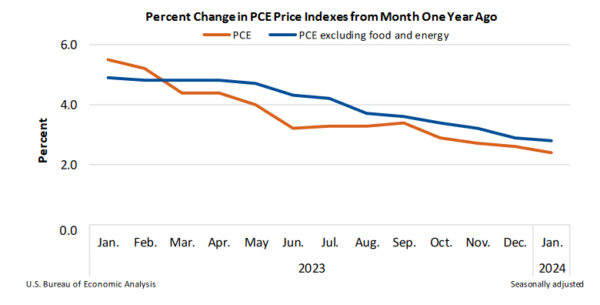
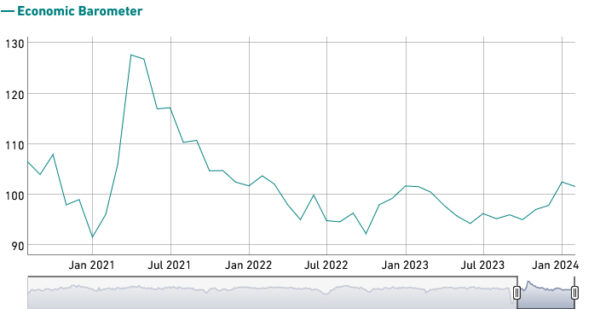
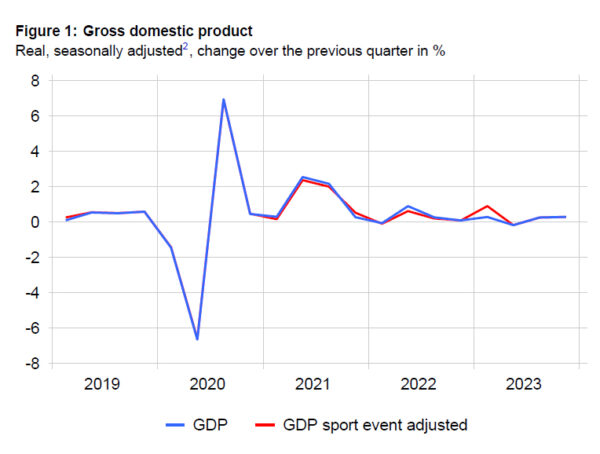
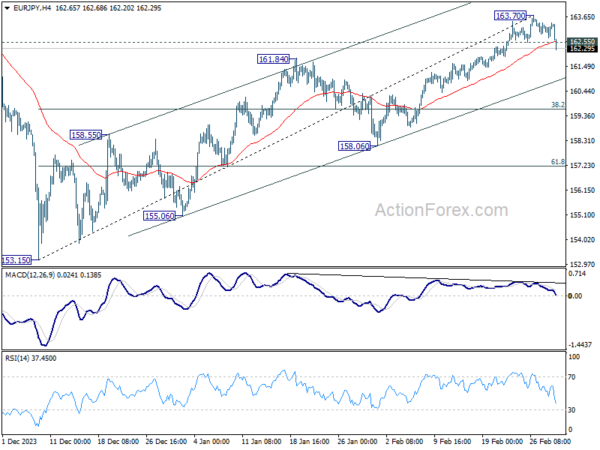
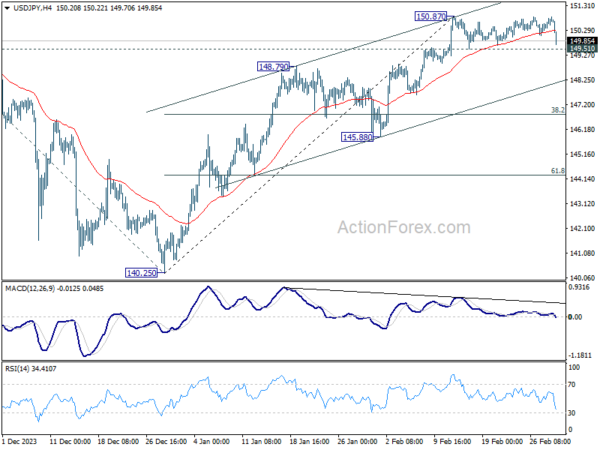
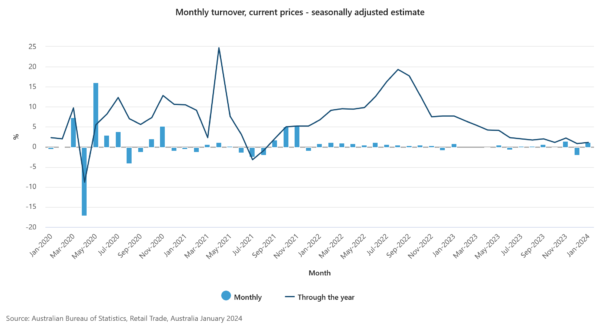
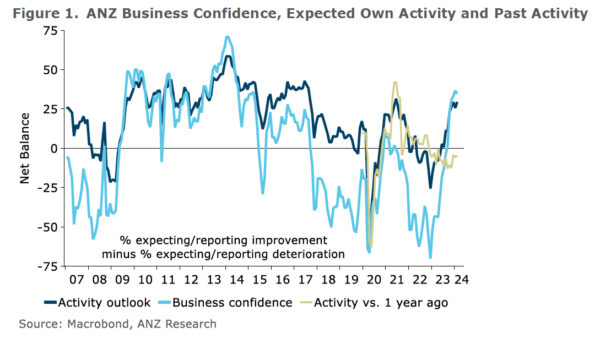
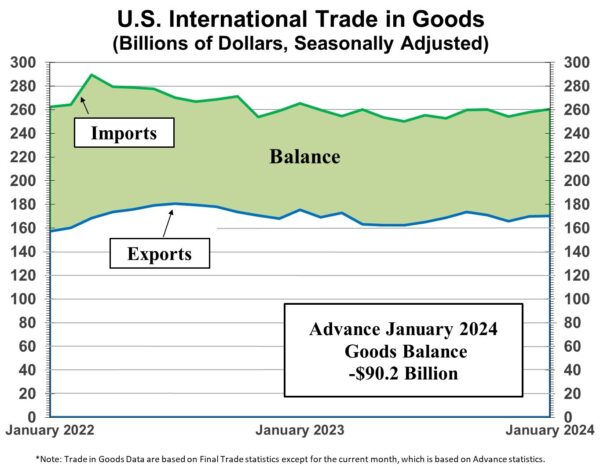
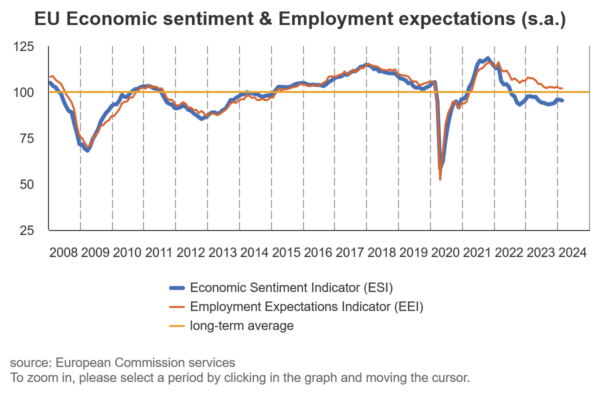
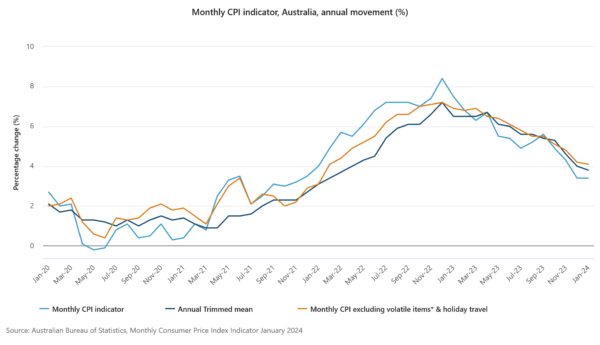
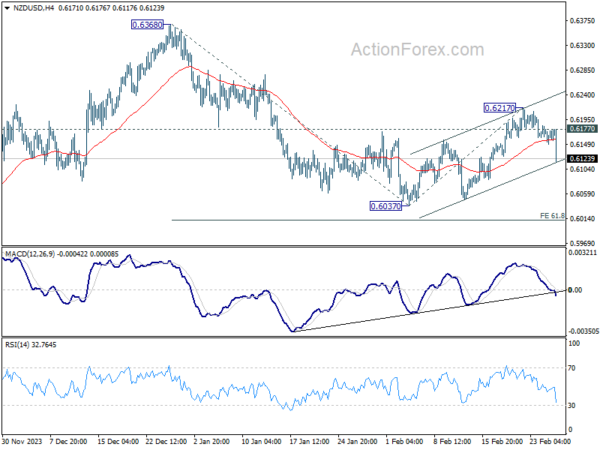
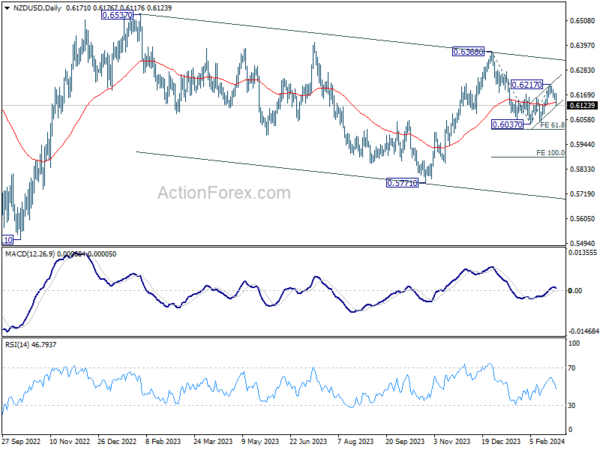
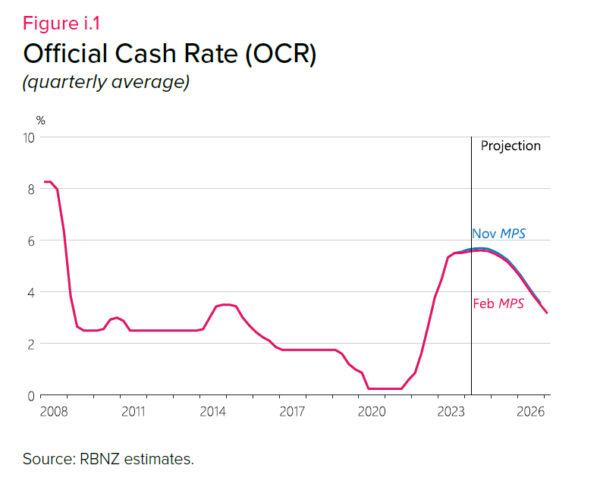

US initial jobless claims rises to 215k, above expectation 210k
US initial jobless claims rose 13k to 215k in the week ending February 24, above expectation of 210k. Four-week moving average of initial claims fell -3k to 212.5.
Continuing claims rose 45k to 1905k in the week ending February 17. Four-week moving average of continuing claims rose 3k to 2880, highest since December 11 2021.
Full US jobless claims release here.